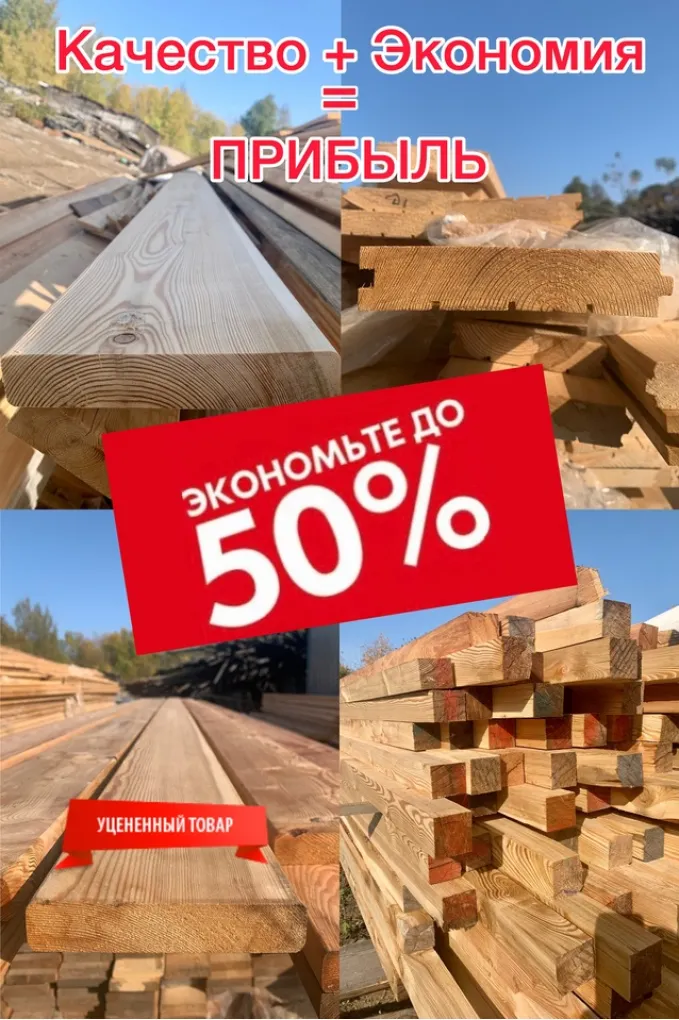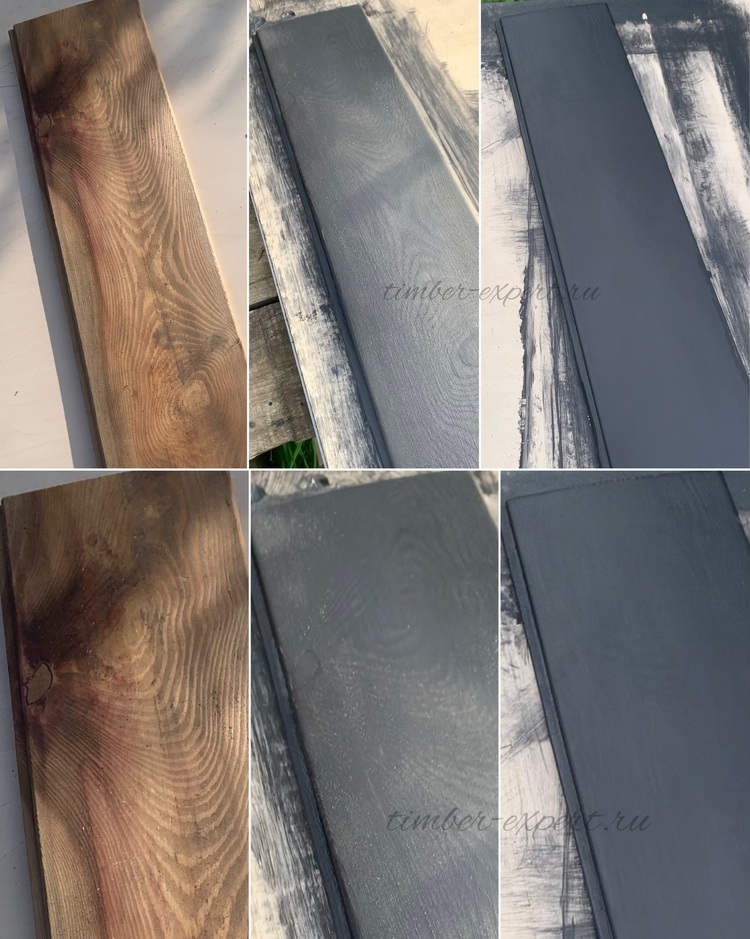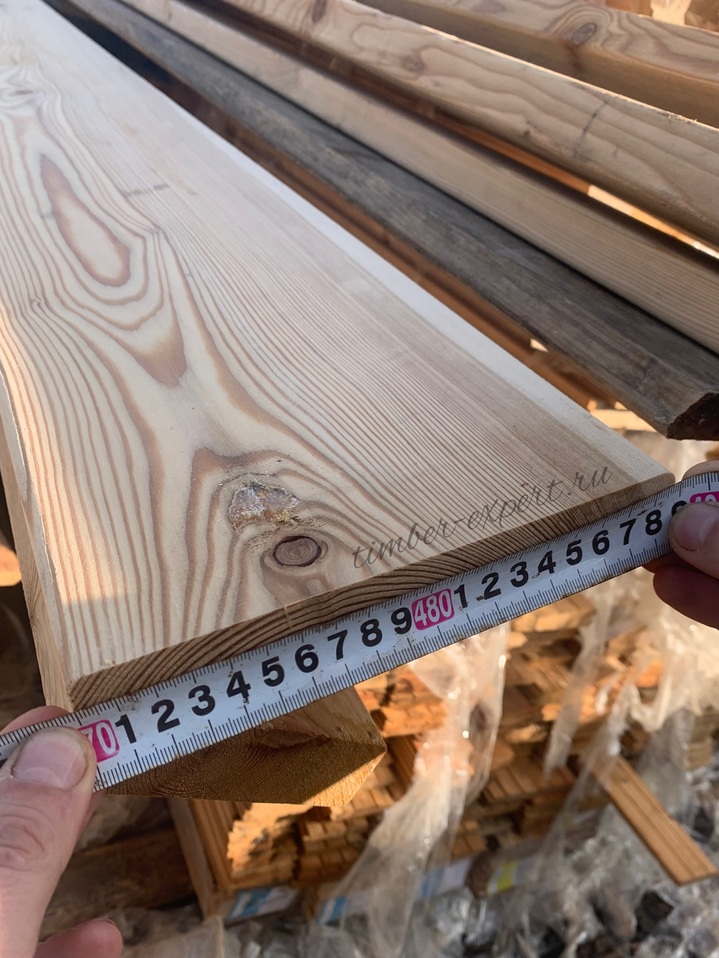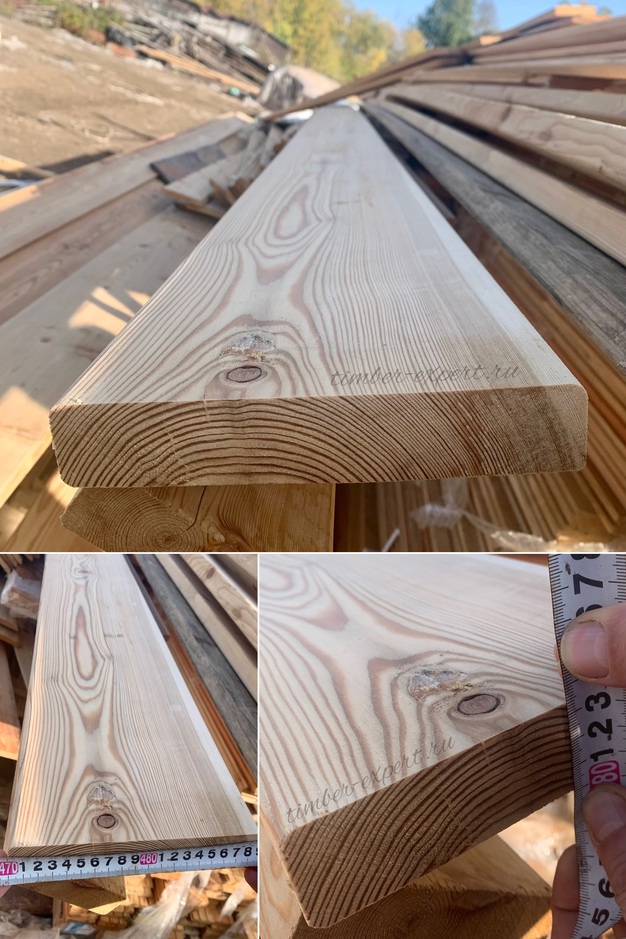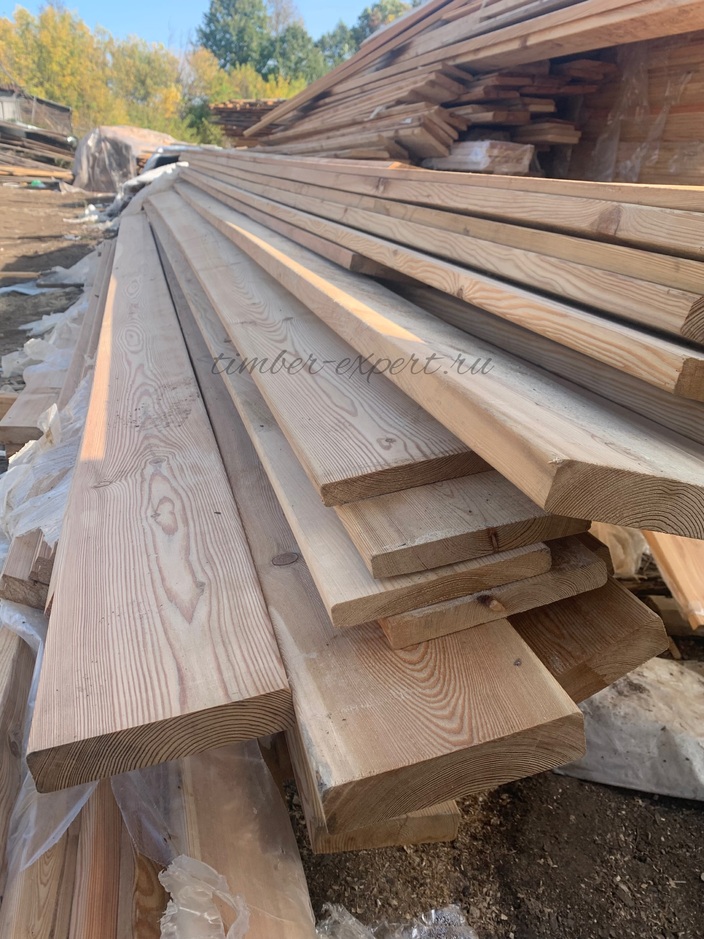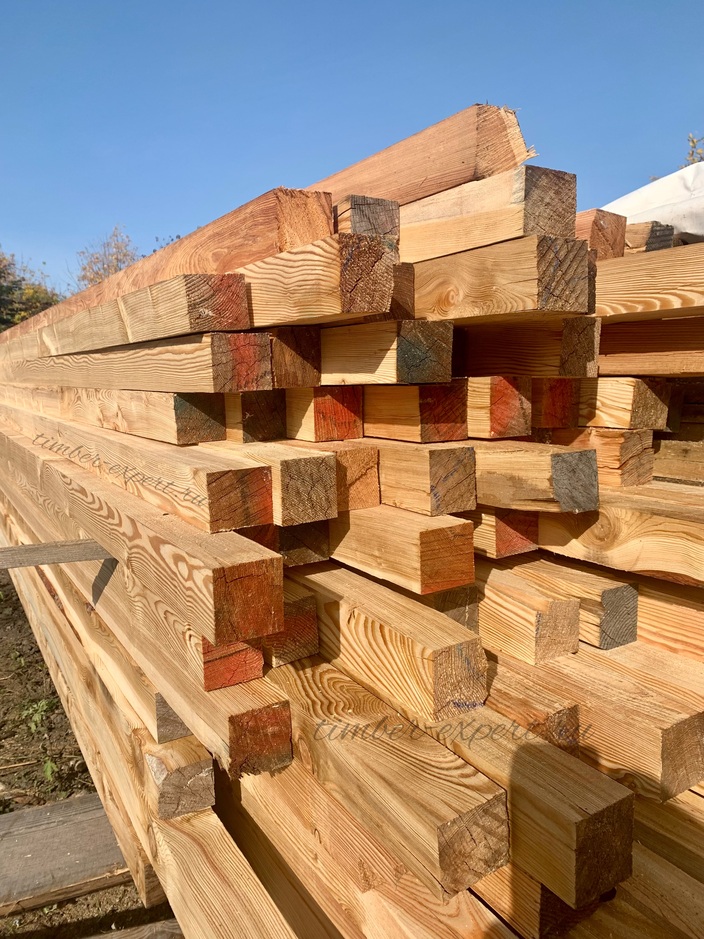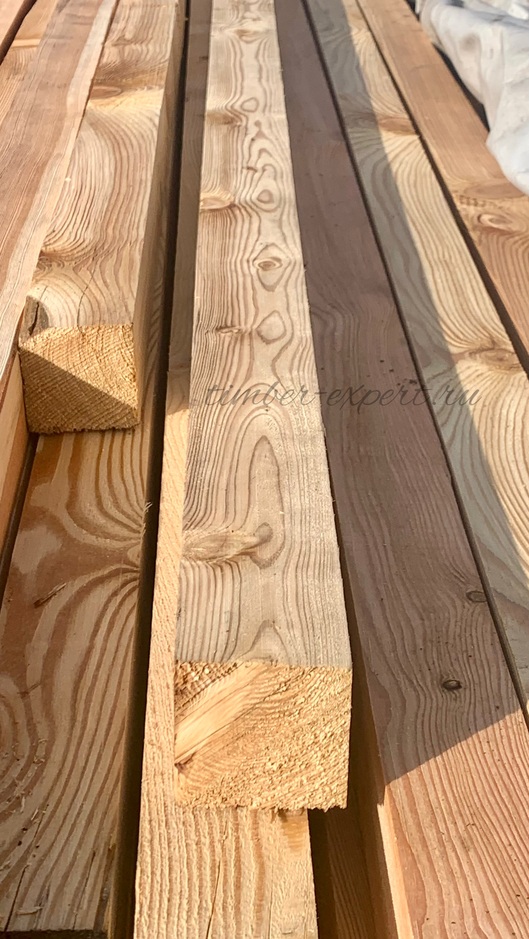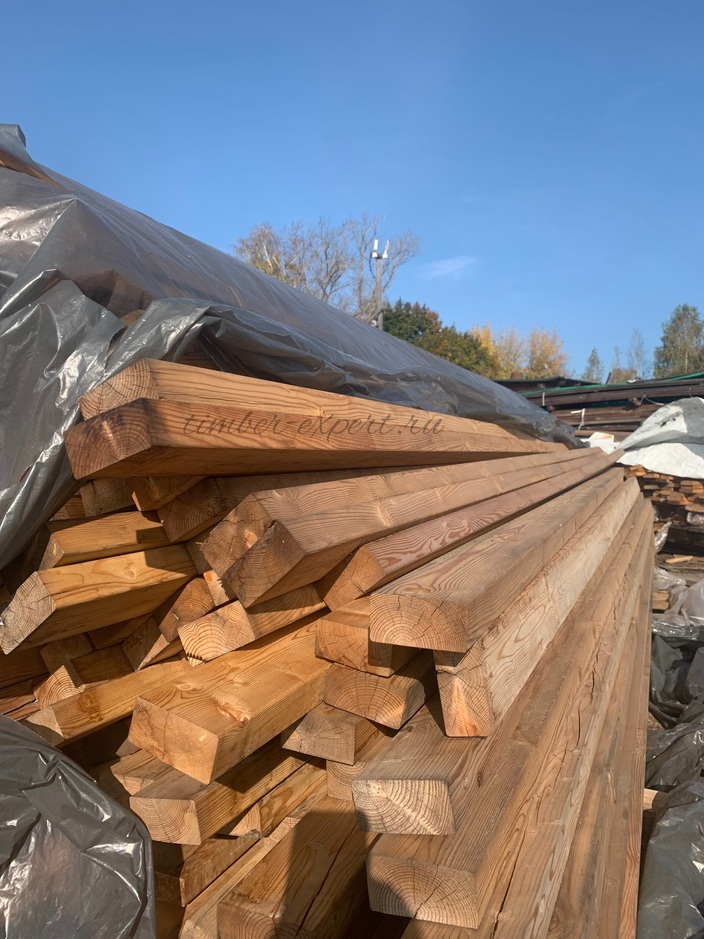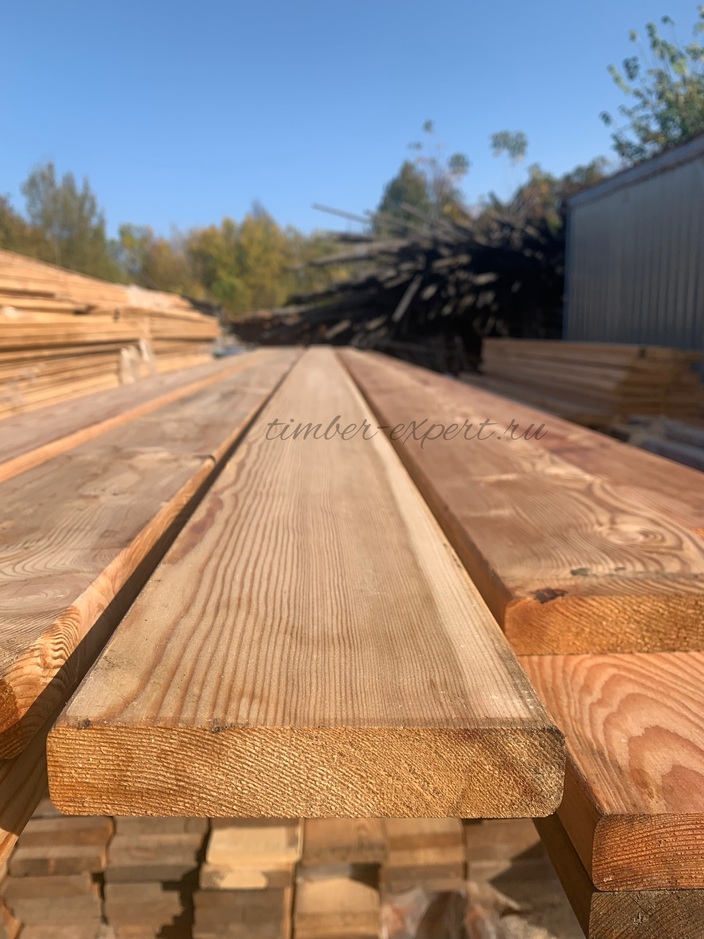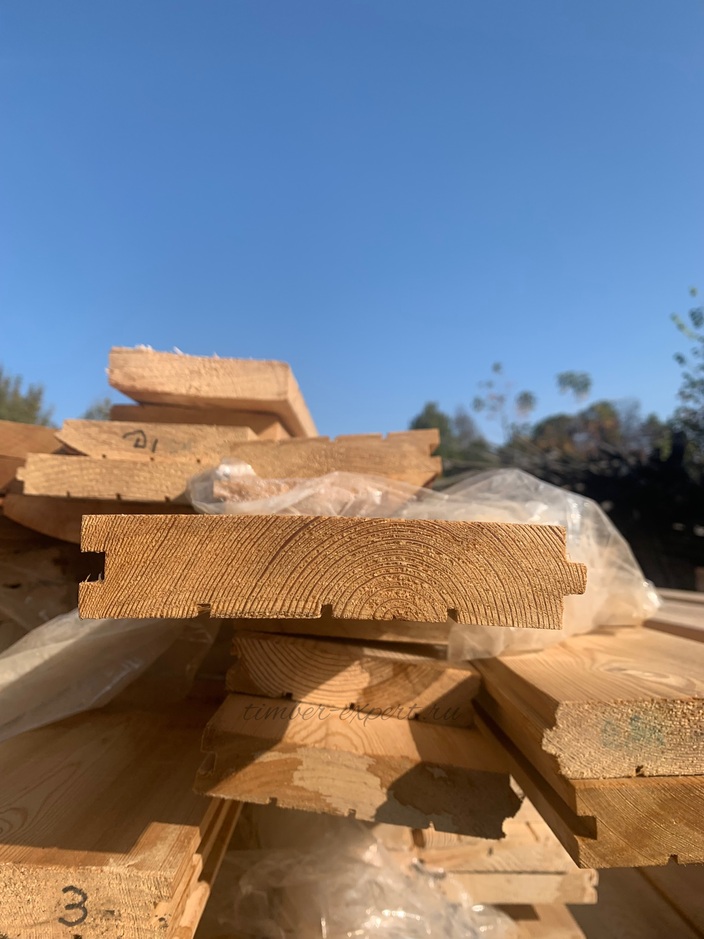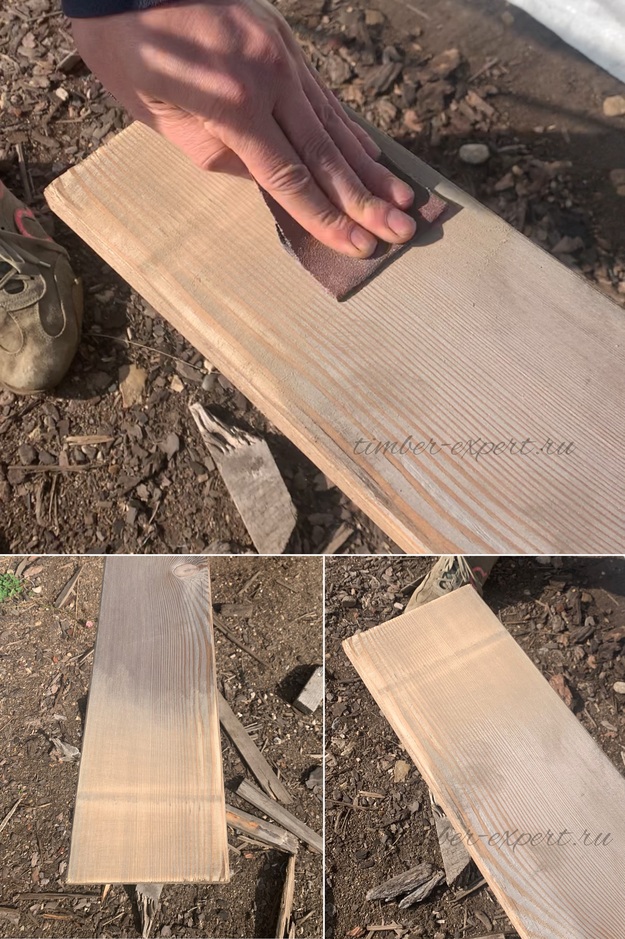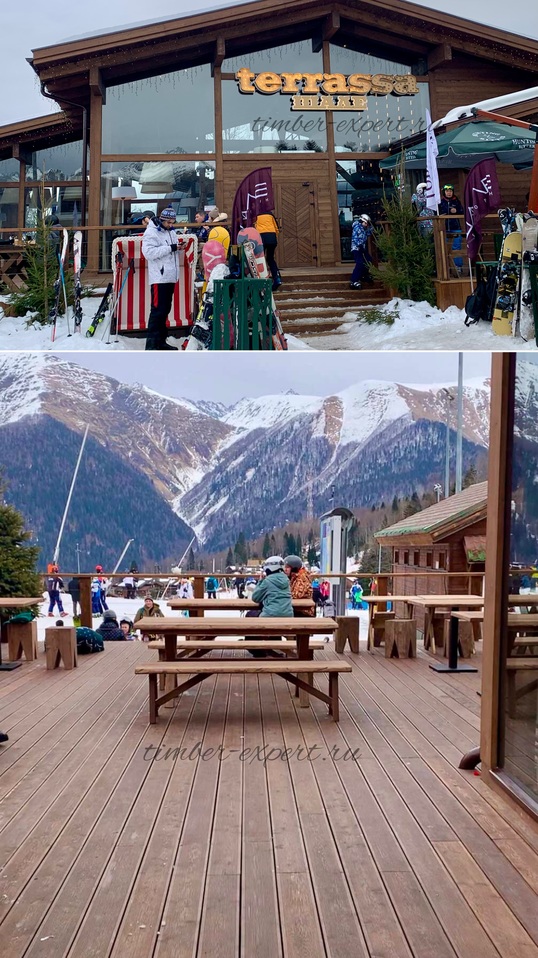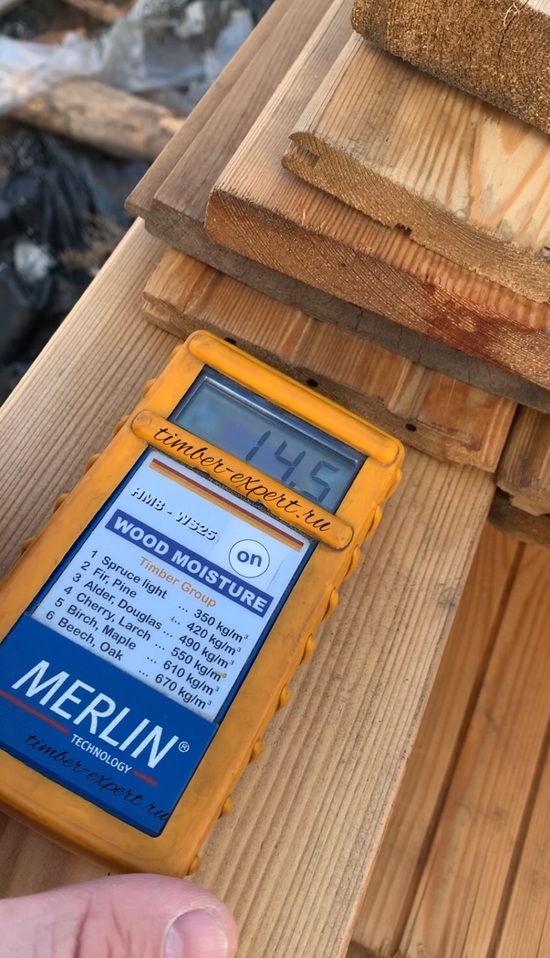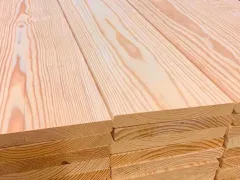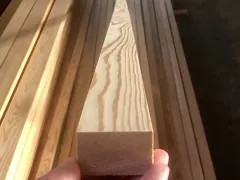Unlocking Real Value in Construction Materials: Beyond the Illusion of Sales.
In the realm of retail, particularly in construction and finishing, a perpetual cycle of sales and promotions bombards consumers. Bright signs and banners with phrases like "Discounts!", "Today only!", and "Hurry up and buy!" are ubiquitous, but what truly lies behind these alluring offers? Often, what is perceived as a grand sale is merely a play on the emotions of buyers, offering an illusory benefit rather than genuine value.
Despite the prevalence of these seemingly attractive offers, discerning consumers and professionals in the construction and finishing field seek more than just superficial savings. They look for quality, durability, and true worth in the products they purchase. This is where our unique offering comes into play.
Our product range includes boards that, at first glance, may appear less appealing due to their brief storage in a warehouse or minor external differences. However, these materials possess all the essential quality characteristics needed for a sturdy and reliable foundation in any construction or finishing project. Often overlooked, these boards can be transformed from simple elements to luxurious interior features with the right approach and skill.
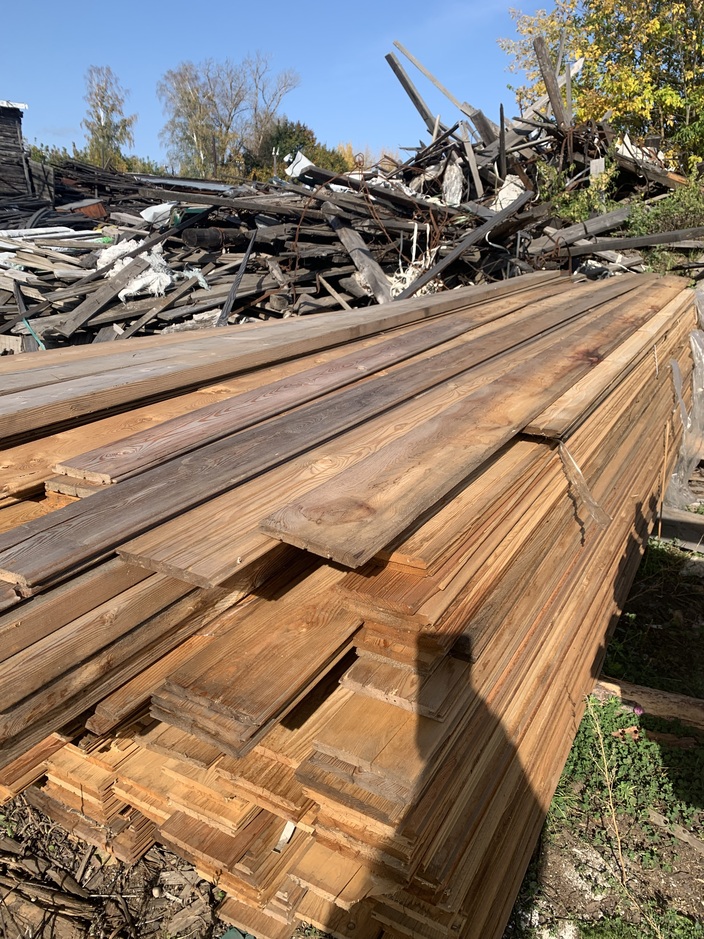
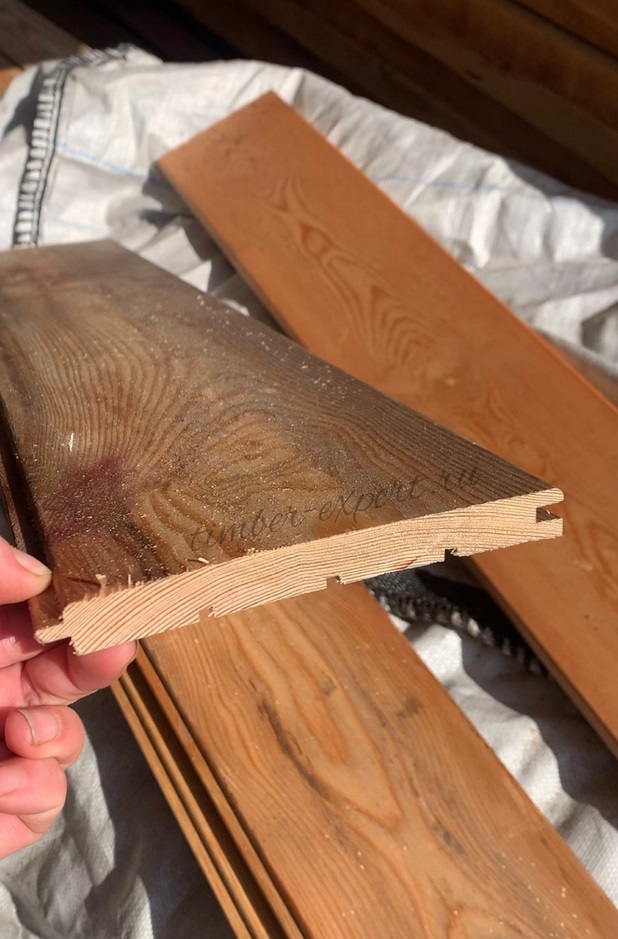
The art of transformation: from Basic to Luxe.
Our special feature, "Would you pass by this larch cladding! Painting wood: from cheap to expensive, from unsightly to luxury - before and after" demonstrates the potential of these materials. Using affordable tools and techniques, we illustrate how a humble wagon from our collection can evolve from an economical choice to a sophisticated interior element. This transformation is accessible to both professionals and amateurs, ensuring cost-efficiency without compromising on the final quality of work.
Quality materials at unbeatable prices today!
Our inventory includes a variety of products that offer the best balance between cost and quality:
- Decking boards: smooth and ribbed.
- Floor boards.
- Larch cladding: Rainscreen straight planed planks with rounded koi and T&G profiles.
- Beams & bars
It is important for customers to verify the dimensions, lengths, and quantities of materials available at our factory. We often have rare and non-standard sizes, such as deck boards measuring 35x200 mm, wide larch cladding of 170 mm, beams of 68x68 mm, and more.
Authenticity and Trust
We understand the value of your time and trust. Our website showcases real photos of our products, ensuring that what you see is exactly what you get - quality materials straight from production. This commitment to authenticity guarantees that your expectations align perfectly with the actual condition of the goods we offer.
Tailoring Prices to Your Needs: An Individualized Pricing Approach
In our pricing strategy, we prioritize a personalized approach. We consider the type of product and the volume of the order to provide the best value. To give you an idea of our competitive pricing in euros (with the exchange rate of 1 euro = 96.92 rubles as of November 24, 2023):
The approximate cost for our products is about €464.46 per cubic meter (45000 rub/m3).
For products with a thickness of 15-20 mm, the price is approximately €9.29 per square meter (900 rub./m2).
For 28 mm thick products, the cost is around €13.01 per square meter (1260 rub./m2).
It's important to note that availability and specifics can change daily. For the most current information on sizes, lengths, and quantities, we encourage direct contact with our production team.
Comparing Retail Prices.
Let's delve into the retail aspect. Consider our Wagona stil (15x115 mm or 15x135 mm) and planken (20x140 mm). The cost for these materials ranges from €8.26 to €9.29 per square meter (800-900 rubles/m2), corresponding to grade C. Despite being the most budget-friendly option, grade C materials don't have significant defects like through cracks or large knots. They offer reliable quality for various projects.
Please note that these prices are not fixed and can be adjusted based on order volume and other conditions. We are open to discussing individual cooperation options to offer the best terms for each client.
A Detailed Look at Different gradess
For a more comprehensive comparison, let's examine other varieties of the same size:
AB Grade: Features an unlimited number of live knots up to 30-40 mm in size, priced at an average of €13.42 per square meter (1300 rubles/m2).
Prima Grade: Contains one knot up to 10 mm per 1 running meter, priced around €19.61 per square meter (1900 rubles/m2).
Extra Grade: A knot-free variant, priced at €27.87 per square meter (2700 rubles/m2).
Our website provides detailed technical specifications for planed products, allowing you to thoroughly understand the characteristics and advantages of each grade. This information aids in making an informed choice for your project.
Moreover, 95% of the flaws in these boards can be easily corrected with simple sanding, ensuring you get the best value and quality for your construction needs.
Even for those who are not professional builders, sanding by hand is a feasible and rewarding endeavor. This was demonstrated with the wagoning example. While it requires more time and effort compared to machine sanding, the results can be superior. Hand sanding allows for special attention to the ends of the board, which is crucial because these areas interact intensely with the external environment. The ends of the board are vital for the wood's "breathing," as they facilitate moisture exchange with the surroundings. This interaction can affect the finish, so careful hand sanding not only enhances the appearance but also extends the lifespan of the structure.
The Necessity of Sanding Before Applying Paint and Varnish
Many overlook the importance of sanding before applying lacquer, oil, or paint to planed wood products. This oversight can significantly impact the quality and longevity of the final product. Even if the material feels smooth to the touch, sanding is critical for preparing the wood for painting.
Advantages of Sanding
Enhancing Paint Penetration: Sanding removes the top layer of wood, opening up its pores. This allows deeper penetration of paint materials, leading to a more durable and long-lasting finish.
Improved Adhesion: Coating an unsanded board often results in poor adhesion and peeling. A sanded surface ensures better paint adherence.
Extending Coating Life: Proper sanding can double the lifespan of the paintwork, preventing premature aging and fading.
Cost-Effective: By enabling deeper penetration of oil or paint, sanding makes for more economical use of these materials.
Aesthetic Quality: Sanding ensures that paint applies evenly and smoothly, enhancing the visual appeal and professionalism of the finished product.
The Long-Term Cost of Skipping Sanding
While skipping sanding might seem cost-effective initially, it can lead to significant expenses in the long run. Poorly adhered paint layers can swell and peel, necessitating the removal of old coatings and repainting. The advice of professionals should not be ignored.
Beware of Misleading Advice
Disregard claims that sanding is unnecessary, whether they come from builders or self-proclaimed experts on the internet and social media. Proper surface preparation is essential for ensuring the durability and quality of the coating.
Validation by Global Research and Experiences
The necessity of sanding as part of wood preparation for painting is backed by years of research conducted by leading manufacturers in Germany, Austria, Sweden, the USA, and other countries. Field and laboratory studies consistently demonstrate that sanding is a crucial step for achieving a high-quality and durable finish.
Why even the most inconspicuous Siberian larch is better than any of the best and highest-grade spruce and pine?
In evaluating the qualities of coniferous sawn timber, specifically spruce, pine, and Siberian larch, it's important to conduct a comparative analysis to understand their suitability for various applications. This comparison focuses on their physical and mechanical properties, including density, bending and compressive strength, wear resistance, and aspects of fire resistance and biological resistance, based on scientific literature and laboratory tests.
Fire Resistance
Spruce: It ignites quickly, often likened to the flammability of a match.
Pine: Contains more resins which can sometimes slow the spread of fire, but is generally also quick to ignite.
Siberian Larch: Boasts increased fire resistance due to its high density and unique resin channel structure. It succumbs more slowly to fire effects, making it a superior choice for fire-prone areas. Studies indicate that larch has double the fire resistance of pine.
Noise Insulation
Larch: The higher density of larch compared to spruce and pine enhances its sound insulation capabilities, making it ideal for use in noise-sensitive environments like apartment blocks or recording studios.
Resistance to Rot and Biological Attack
Siberian Larch: Contains natural antiseptic substances that make it more resistant to rotting processes and insect attacks, as confirmed by numerous studies.
Moisture-Repellent Properties
Larch: Its moisture-repellent nature makes it highly suitable for exterior work, especially in humid conditions.
Outdoor Service Life
Larch: Can last up to 100 years or more outdoors with proper treatment and care.
Pine and Spruce: Generally last about 20 to 40 years under similar conditions.
Physical and Mechanical Properties in Terrace Construction
Using a standard 28x140 mm terrace board as an example:
Siberian Larch: Density of 590-750 kg/m³ and bending strength of 100-120 MPa.
Spruce: Density of 350-550 kg/m³ and bending strength of 70-90 MPa.
Pine: Density of 400-600 kg/m³ and bending strength of 80-100 MPa.
Application Example on a Terrace
Considering a uniformly distributed load on each plank of a 20 square meter terrace:
Larch Terrace: Can support a total load of about 3 tonnes, approximately 40 people.
Pine Terrace: Supports up to 2-2.5 tonnes, around 25-30 people.
Spruce Terrace: Can bear about 1.5-2 tonnes, roughly 20-25 people.
These figures illustrate that Siberian larch terraces have a significantly higher load-bearing capacity compared to spruce and pine. This makes them more suitable for areas with high foot traffic or heavy loads. The use of Siberian larch in resorts like Krasnaya Polyana, Rosa Khutor, Gazprom Alpika, Gorki Gorod, and Esto-Sadok underlines its reliability and efficiency under extreme climatic loads and intensive use, highlighting its exceptional qualities and durability as a building material.
Importance of wood moisture content
The relationship between wood moisture content and its suitability for use is a nuanced subject, especially in the context of outdoor applications. Contrary to the common belief that lower moisture content always equates to better quality, the reality is more complex and relates to how wood interacts with air humidity. Understanding the concept of equilibrium humidity is crucial here, as wood naturally adjusts to the moisture levels of its surrounding environment.
Optimal Moisture Content
Outdoors: The ideal moisture content for lumber is between 16-20%.
Indoors: A range of 8-12% is optimal.
For instance, if a larch board with 12-14% moisture is used, it will adjust to the outdoor humidity levels, potentially increasing to 18-20%. Conversely, indoors, it might dry up to around 10%. This highlights why acclimatizing boards to their intended environment is recommended to prevent warping and shrinkage, ultimately enhancing the strength and longevity of the structure.
Wood's Porous Nature
Wood's ability to absorb and release moisture is inherent to its porous structure. It achieves equilibrium under stable humidity and temperature conditions but reacts to changes by absorbing or releasing moisture. Thus, using wood outdoors with less than 10% humidity is advised against to avoid shrinkage and cracks. Conversely, wood with excessive moisture is prone to warping.
To preserve wood's stability and protect it from moisture fluctuations, treatments with oil, paint, or varnish are common practices. The ideal humidity for using planed boards outdoors is factored at 14-16%, balancing both wood properties and operational conditions to ensure durability and quality.
Research and Expert Opinions
Our understanding and recommendations are grounded in extensive research and studies by leading experts in woodworking and the forest industry:
"Wood Handbook: Wood as an Engineering Material": Published by the US Forest Service, this handbook offers comprehensive data on wood properties, including moisture content.
Research by Professor Emmerich Sandberg: From the Swedish University of Agricultural Sciences, specializing in wood physics and drying technology.
Works of Robert White and Michael Milard: Published in journals like the Institute of Wood Science and Wood Science and Technology.
Contributions of Dr. Eugene Wengert: Renowned for his in-depth research on wood moisture, shrinkage, and adaptation to different conditions, Dr. Wengert's work has been instrumental in advancing modern woodworking technologies.
The significance of this research lies in its foundational role in enabling the effective and sustainable use of wood. By leveraging these insights, we can create high-quality, environmentally friendly, and durable products and structures.
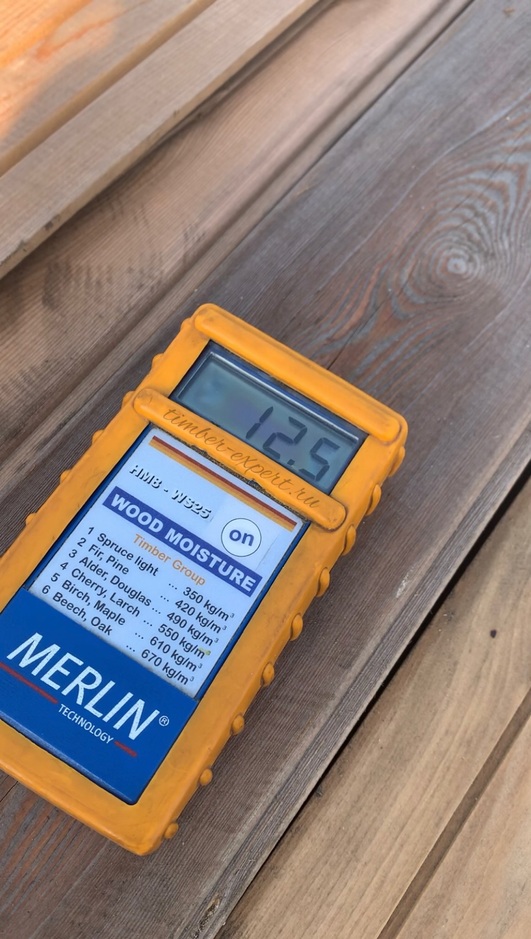
Conclusion and our approach to sales.
In the world of retail, particularly during events like Black Fridays, consumers are bombarded with promotions and discounts. However, our approach differs significantly. We don't rely on fleeting sales or limited-time offers. Instead, we consistently provide high-quality Siberian larch, a material known for its durability, resistance, and aesthetic appeal. Our commitment is to offer this outstanding building material throughout the year, ensuring that our customers always have access to the best.
While offers like Black Friday sales are common in many industries, we take pride in the rarity and uniqueness of our products. Siberian larch isn't just another item on sale; it's a testament to quality and longevity. We are always delighted to welcome customers, offering them not just a product, but a long-term investment in quality and reliability. Our doors are open to all, regardless of the season or the latest shopping trend, emphasizing that quality and customer satisfaction are our perennial priorities.
Invitation to Global Collaboration
We warmly invite individuals and organizations from around the world to collaborate with us in the realm of high-quality Siberian larch products. Whether you are a professional builder, an architect, a supplier, or someone passionate about sustainable and durable building materials, we are open to exploring opportunities for cooperation.
Our commitment to providing top-tier Siberian larch, renowned for its durability, fire resistance, and environmental sustainability, extends beyond borders. We believe in building relationships that are as enduring as the materials we supply. By partnering with us, you join a network dedicated to quality, innovation, and the responsible use of natural resources.
We look forward to engaging with partners who share our vision of excellence and sustainability in construction and woodworking. Together, we can create structures and products that stand the test of time and contribute positively to our global community. Let's collaborate to build a future where quality, durability, and environmental stewardship are at the forefront.
Contact us to start a conversation about how we can work together to make a lasting impact in the world of construction and beyond. Let's build a better future, one larch board at a time.
